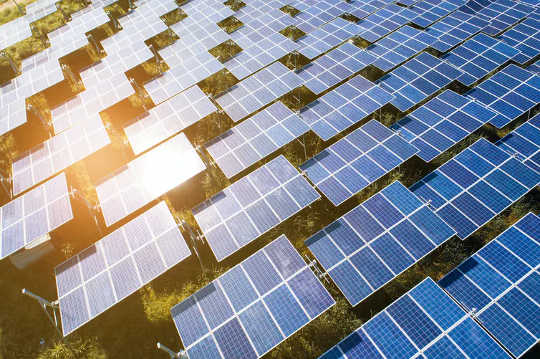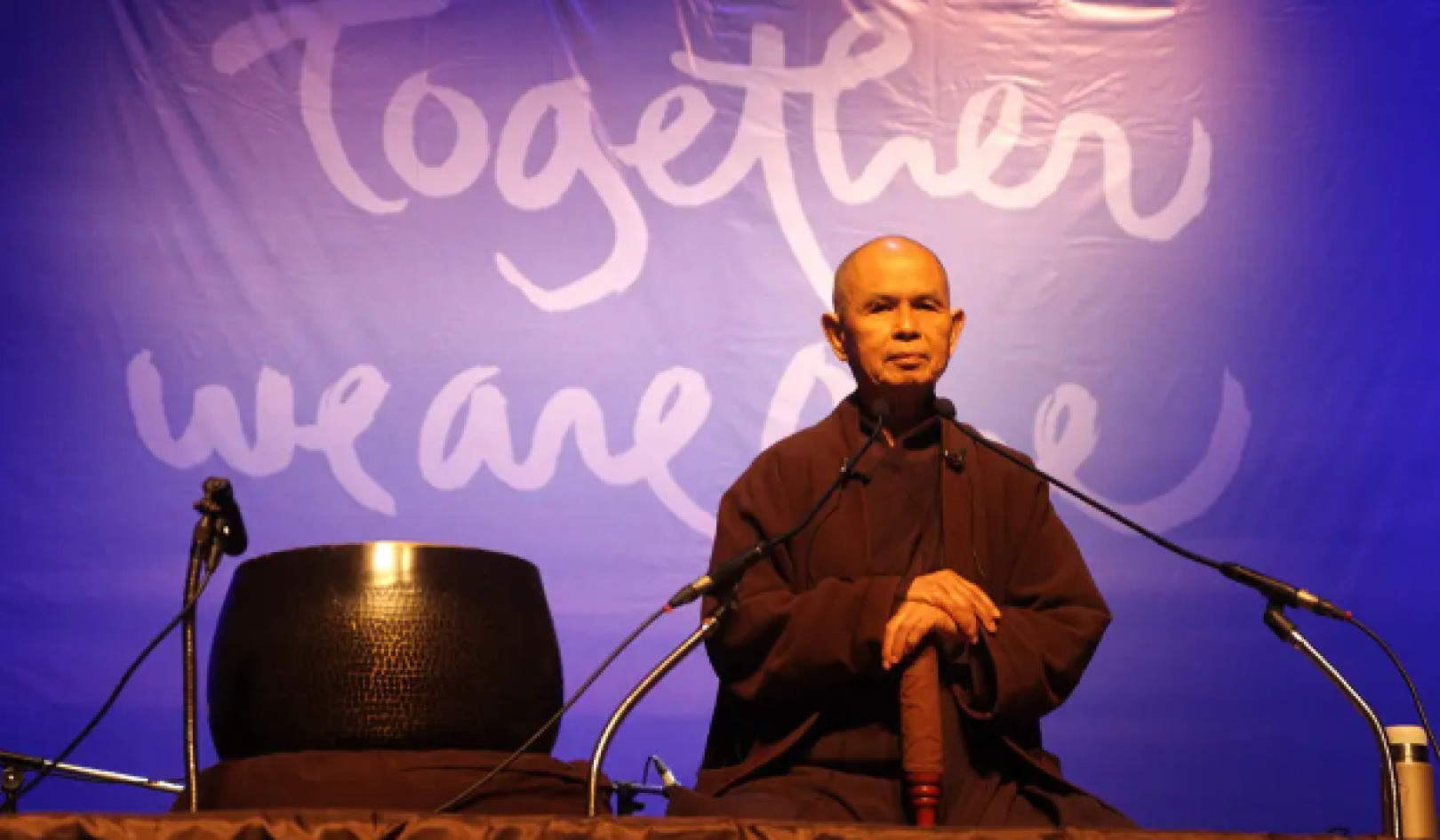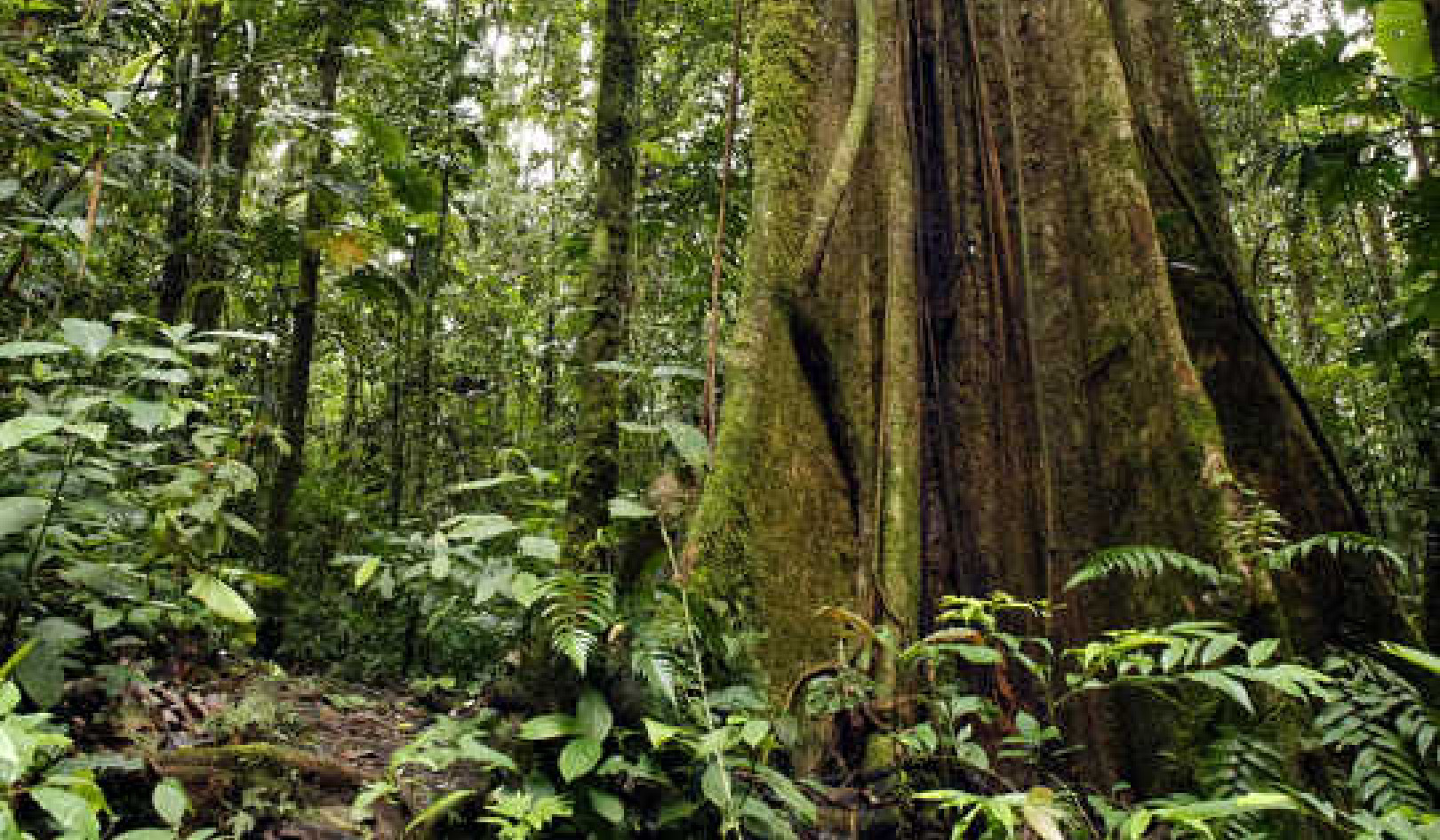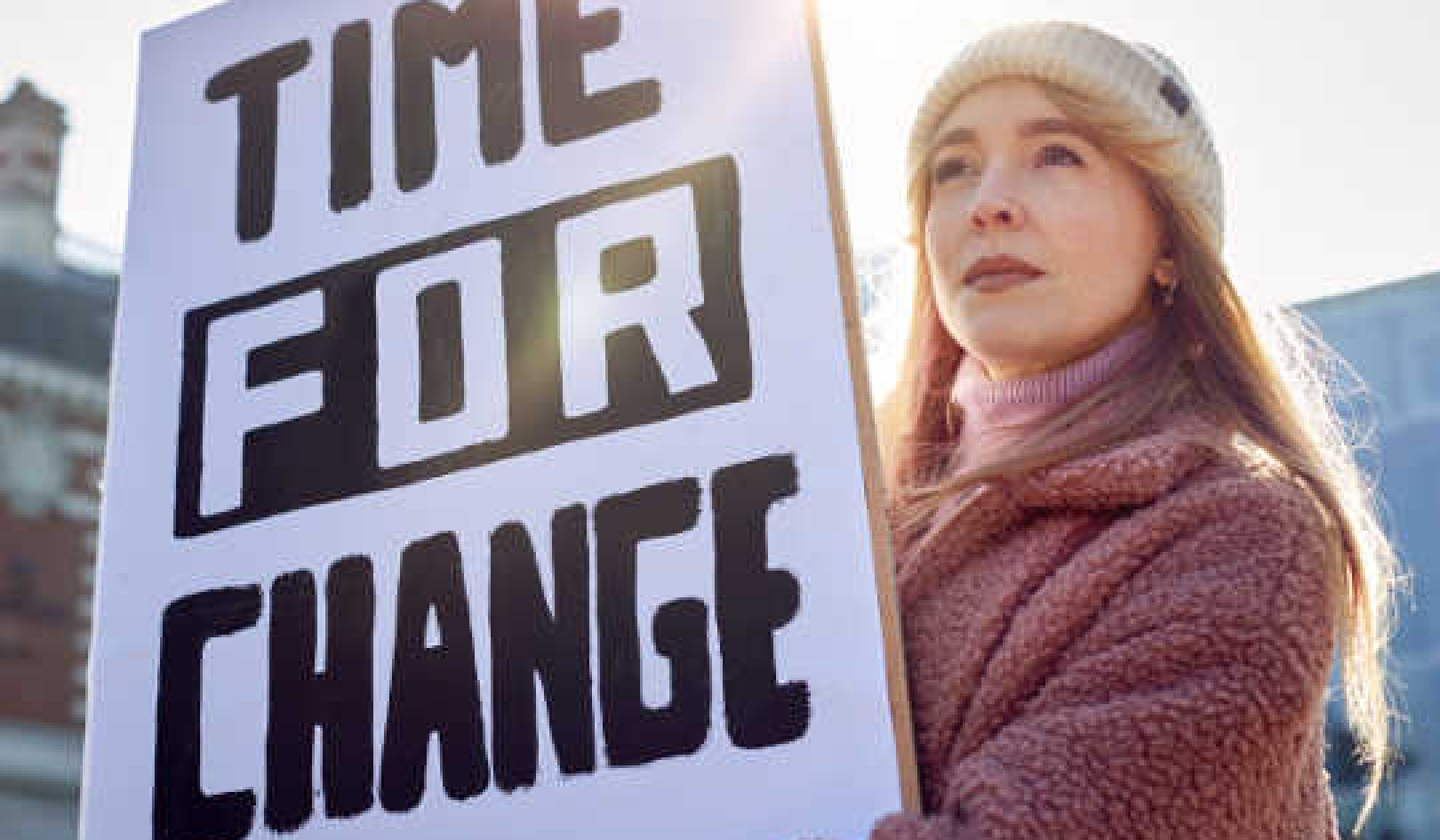Australia is the world’s third largest fossil fuels exporter – a fact that generates intense debate as climate change intensifies. While the economy is heavily reliant on coal and gas export revenues, these fuels create substantial greenhouse gas emissions when burned overseas.
Australia doesn’t currently export renewable energy. But an ambitious new solar project is poised to change that.
The proposed Sun Cable project envisions a ten gigawatt capacity solar farm (with about 22 gigawatt-hours of battery storage) laid out across 15,000 hectares near Tennant Creek, in the Northern Territory. Power generated will supply Darwin and be exported to Singapore via a 3,800km cable slung across the seafloor.
Sun Cable, and similar projects in the pipeline, would tap into the country’s vast renewable energy resources. They promise to provide an alternative to the export business of coal, iron ore and gas.
As experts of east-Asian energy developments, we welcome Sun Cable. It could pioneer a renewable energy export industry for Australia, creating new manufacturing industries and construction jobs. Importantly, it could set our economy on a post-fossil fuel trajectory.
Long-term cost benefits
Sun Cable was announced last year by a group of Australian developers. The project’s proponents say it would provide one-fifth of Singapore’s power supply by 2030, and replace a large share of fossil fuel-generated electricity used in Darwin.
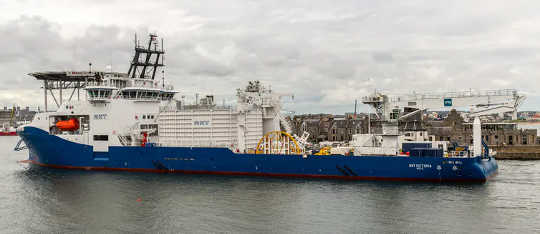 Submarine cables are laid using deep-sea vessels specifically designed for the job. Alan Jamieson/Flickr, CC BY
Submarine cables are laid using deep-sea vessels specifically designed for the job. Alan Jamieson/Flickr, CC BY
To export renewable energy overseas, a high-voltage (HV) direct current (DC) cable would link the Northern Territory to Singapore. Around the world, some HVDC cables already carry power across long distances. One ultra-high-voltage direct current cable connects central China to eastern seaboard cities such as Shanghai. Shorter HVDC grid interconnectors operate in Europe.
The fact that long distance HVDC cable transmission has already proven feasible is a point working in Sun Cable’s favour.
The cost of generating solar power is also falling dramatically. And the low marginal cost (cost of producing one unit) of generating and transporting renewable power offers further advantage.
The A$20 billion-plus proposal’s biggest financial hurdle was covering initial capital costs. In November last year, billionaire Australian investors Mike Cannon-Brookes and Andrew “Twiggy” Forrest provided initial funding to the tune of up to A$50 million. Cannon-Brookes said while Sun Cable seemed like a “completely batshit insane project”, it appeared achievable from an engineering perspective.
Sun Cable is expected to be completed in 2027.
Bringing in business
The proposal would also bring business to local high-technology companies. Sun Cable has contracted with Sydney firm 5B, to use its “solar array” prefabrication technology to accelerate the building of its solar farm. The firm will pre-assemble solar panels and deliver them to the site in containers, ready for quick assembly.
The Northern Territory government has also shown support, granting Sun Cable “major project” status. This helps clear potential investment and approval barriers.
Across Australia, similar renewable energy export plans are emerging. The Murchison Renewable Hydrogen Project in Western Australia will use energy produced by solar and wind farms to create renewable hydrogen, transported to east Asia as liquid hydrogen.
Similarly, the planned Asian Renewable Energy Hub could have renewable hydrogen generated in Western Australia’s Pilbara region at 15 gigawatts. This would also be exported, and supplied to local industries.
These projects align with the Western Australian government’s ambitious Renewable Hydrogen Strategy. It’s pushing to make clean hydrogen a driver for the state’s export future.
Reliable solutions
Generating and transmitting power from renewable resources avoids the energy security risks plaguing fossil fuel projects. Renewable projects use manufactured devices such as solar cells, wind turbines and batteries. These all generate energy security (a nation’s access to a sufficient, affordable and consistent energy supply).
Australia controls its own manufacturing activities, and while the sun may not shine brightly every day, its incidence is predictable over time. In contrast, oil, coal and gas supply is limited and heavily subject to geopolitical tensions. Just months ago in the Middle East, attacks on two major Saudi Arabian oil facilities impacted 5% of global oil supply.
Renewing international links
Apart from exporting electricity produced on its own solar farm, Sun Cable could profit from letting other projects export electricity to Asia through shared-cost use of its infrastructure.
This would encourage future renewable energy exports, especially to the energy-hungry ASEAN nations (Association of Southeast Asian Nations) – Indonesia, Malaysia, the Philippines, Singapore and Thailand.
This would strengthen Australia’s economic relationships with its ASEAN neighbours – an importantc geo-economic goal. In particular, it could help reduce Australia’s growing export dependence on China.
However, as with any large scale project, Sun Cable does face challenges.
Other than raising the remaining capital, it must meet interconnection standards and safety requirements to implement the required infrastructure. These will need to be managed as the project evolves.
Also, since the power cable is likely to run along the seabed under Indonesian waters, its installation will call for strategic international negotiations. There has also been speculation from mining interests the connection could present national security risks, as it may be able to send and receive “performance and customer data”. But these concerns cannot be validated currently, as we lack the relevant details.
Fortunately, none of these challenges are insurmountable. And within the decade, Sun Cable could make the export of Australian renewable energy a reality.![]()
About the Authors
John Mathews, Professor of Strategic Management, Macquarie Graduate School of Management, Macquarie University; Elizabeth Thurbon, Scientia Fellow and Associate Professor in International Relations / International Political Economy, UNSW; Hao Tan, Associate professor, University of Newcastle, and Sung-Young Kim, Senior Lecturer in the Department of Modern History, Politics & International Relations, Macquarie University
This article is republished from The Conversation under a Creative Commons license. Read the original article.
Related Books
Drawdown: The Most Comprehensive Plan Ever Proposed to Reverse Global Warming
by Paul Hawken and Tom Steyer In the face of widespread fear and apathy, an international coalition of researchers, professionals, and scientists have come together to offer a set of realistic and bold solutions to climate change. One hundred techniques and practices are described here—some are well known; some you may have never heard of. They range from clean energy to educating girls in lower-income countries to land use practices that pull carbon out of the air. The solutions exist, are economically viable, and communities throughout the world are currently enacting them with skill and determination. Available On Amazon
In the face of widespread fear and apathy, an international coalition of researchers, professionals, and scientists have come together to offer a set of realistic and bold solutions to climate change. One hundred techniques and practices are described here—some are well known; some you may have never heard of. They range from clean energy to educating girls in lower-income countries to land use practices that pull carbon out of the air. The solutions exist, are economically viable, and communities throughout the world are currently enacting them with skill and determination. Available On Amazon
Designing Climate Solutions: A Policy Guide for Low-Carbon Energy
by Hal Harvey, Robbie Orvis, Jeffrey Rissman With the effects of climate change already upon us, the need to cut global greenhouse gas emissions is nothing less than urgent. It’s a daunting challenge, but the technologies and strategies to meet it exist today. A small set of energy policies, designed and implemented well, can put us on the path to a low carbon future. Energy systems are large and complex, so energy policy must be focused and cost-effective. One-size-fits-all approaches simply won’t get the job done. Policymakers need a clear, comprehensive resource that outlines the energy policies that will have the biggest impact on our climate future, and describes how to design these policies well. Available On Amazon
With the effects of climate change already upon us, the need to cut global greenhouse gas emissions is nothing less than urgent. It’s a daunting challenge, but the technologies and strategies to meet it exist today. A small set of energy policies, designed and implemented well, can put us on the path to a low carbon future. Energy systems are large and complex, so energy policy must be focused and cost-effective. One-size-fits-all approaches simply won’t get the job done. Policymakers need a clear, comprehensive resource that outlines the energy policies that will have the biggest impact on our climate future, and describes how to design these policies well. Available On Amazon
This Changes Everything: Capitalism vs. The Climate
by Naomi Klein In This Changes Everything Naomi Klein argues that climate change isn’t just another issue to be neatly filed between taxes and health care. It’s an alarm that calls us to fix an economic system that is already failing us in many ways. Klein meticulously builds the case for how massively reducing our greenhouse emissions is our best chance to simultaneously reduce gaping inequalities, re-imagine our broken democracies, and rebuild our gutted local economies. She exposes the ideological desperation of the climate-change deniers, the messianic delusions of the would-be geoengineers, and the tragic defeatism of too many mainstream green initiatives. And she demonstrates precisely why the market has not—and cannot—fix the climate crisis but will instead make things worse, with ever more extreme and ecologically damaging extraction methods, accompanied by rampant disaster capitalism. Available On Amazon
In This Changes Everything Naomi Klein argues that climate change isn’t just another issue to be neatly filed between taxes and health care. It’s an alarm that calls us to fix an economic system that is already failing us in many ways. Klein meticulously builds the case for how massively reducing our greenhouse emissions is our best chance to simultaneously reduce gaping inequalities, re-imagine our broken democracies, and rebuild our gutted local economies. She exposes the ideological desperation of the climate-change deniers, the messianic delusions of the would-be geoengineers, and the tragic defeatism of too many mainstream green initiatives. And she demonstrates precisely why the market has not—and cannot—fix the climate crisis but will instead make things worse, with ever more extreme and ecologically damaging extraction methods, accompanied by rampant disaster capitalism. Available On Amazon
From The Publisher:
Purchases on Amazon go to defray the cost of bringing you InnerSelf.comelf.com, MightyNatural.com, and ClimateImpactNews.com at no cost and without advertisers that track your browsing habits. Even if you click on a link but don't buy these selected products, anything else you buy in that same visit on Amazon pays us a small commission. There is no additional cost to you, so please contribute to the effort. You can also use this link to use to Amazon at any time so you can help support our efforts.


